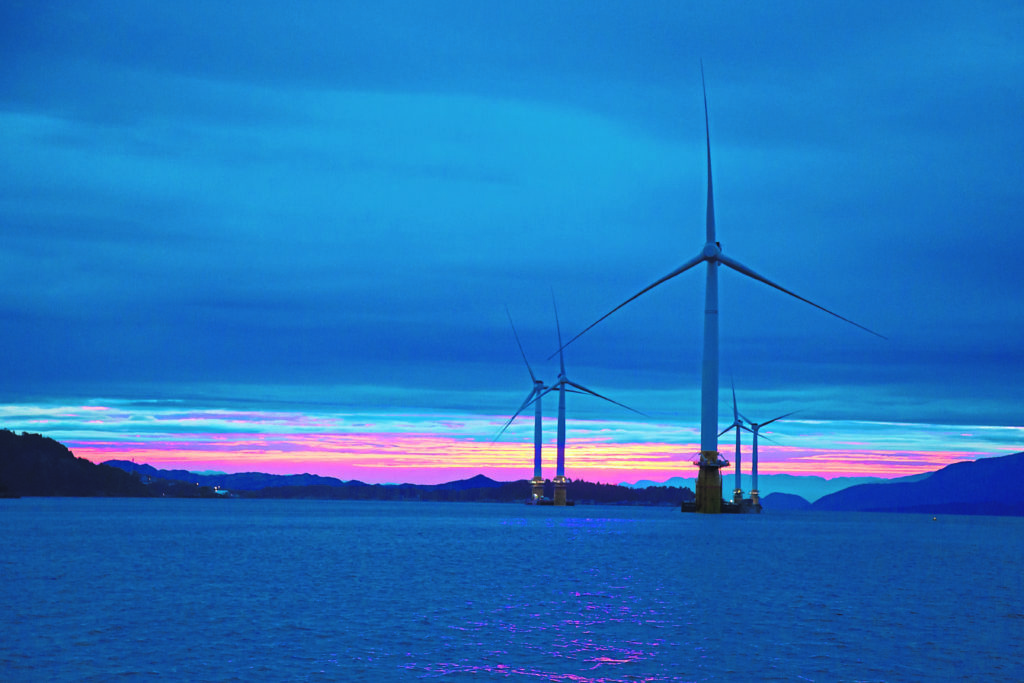
Norwegian energy giant Equinor is the latest company to confirm its involvement in Scotland’s offshore wind leasing round.
The Stavanger-headquartered company is currently preparing applications to obtain seabed acreage ahead of the ScotWind deadline next month.
Equinor said the North Sea has “among the world’s best” natural resources, with the area forming the “backbone” of its offshore wind portfolio.
ScotWind, the first offshore leasing round to take place north of the border in a decade, will close to applicants on July 16.
The cut-off point was originally meant to be in March, but organisers, Crown Estate Scotland, delayed the deadline in order to carry out a review of the process.
It was sparked by Big Oil splashing the cash in the equivalent leasing round in England and Wales.
Other companies that have confirmed their involvement in ScotWind include BP, TotalEnergies, formerly Total, and Orsted.
More than a dozen leases are up for grabs, a number of which are situated off the north-east coast.
Developers are now in the process of submitting bids to secure the rights to build offshore wind farms, both fixed-bottom and floating, in the designated zones.
Crown Estate Scotland has set a maximum threshold of £100,000 per square kilometre of seabed.
A spokesman for Equinor said: “ScotWind is a good strategic fit with Equinor’s ambitions of continuing to develop our North Sea offshore wind cluster and further deepening our presence in the region.
“With around half of the sites on offer being floating opportunities, the Scottish Government offers a great opportunity to develop bottom-fixed and floating offshore wind projects at scale.”
ScotWind is a cornerstone of the Scottish Government’s ambition to increase offshore wind capacity to 11 gigawatts (GW) by 2030.
It will also be key to achieving Holyrood’s legally binding target to make Scotland a net zero country by 2045, five years earlier than the rest of the UK.
The process is expected to leverage billions of pounds worth of investment, aiding in the creation of a leading green energy supply chain.
Renewables, and offshore wind specifically, have been identified as being well positioned to absorb jobs from the oil and gas sector as fossil fuel production rolls back.
Equinor already has an established footprint in Scotland.
In addition to its involvement in the North Sea oil and gas industry, the firm is responsible for building the world’s first offshore wind farm off the north-east coast.
Hywind Scotland, which is about 15 miles from Peterhead, started producing green energy in 2017.
Building on that success, Equinor is now forging ahead with its Hywind Tampen project in Norway, which will become the world’s first floating wind farm to power oil and gas operations.
A spokesman for the company added: “In Scotland, Equinor has a broad range of activities that are contributing towards a sustainable energy transition, whilst supporting Scotland’s net zero ambitions.
“That includes Hywind Scotland, the world’s first floating offshore wind farm, and plans to develop one of the UK’s first power stations equipped with carbon capture technology in Peterhead together with our partner, SSE Thermal.
“In addition, Equinor’s upstream operations headquarters are based in Aberdeen employing around 500 people onshore and offshore including the operations of the Mariner field, our first operated development in the UK North Sea.”

